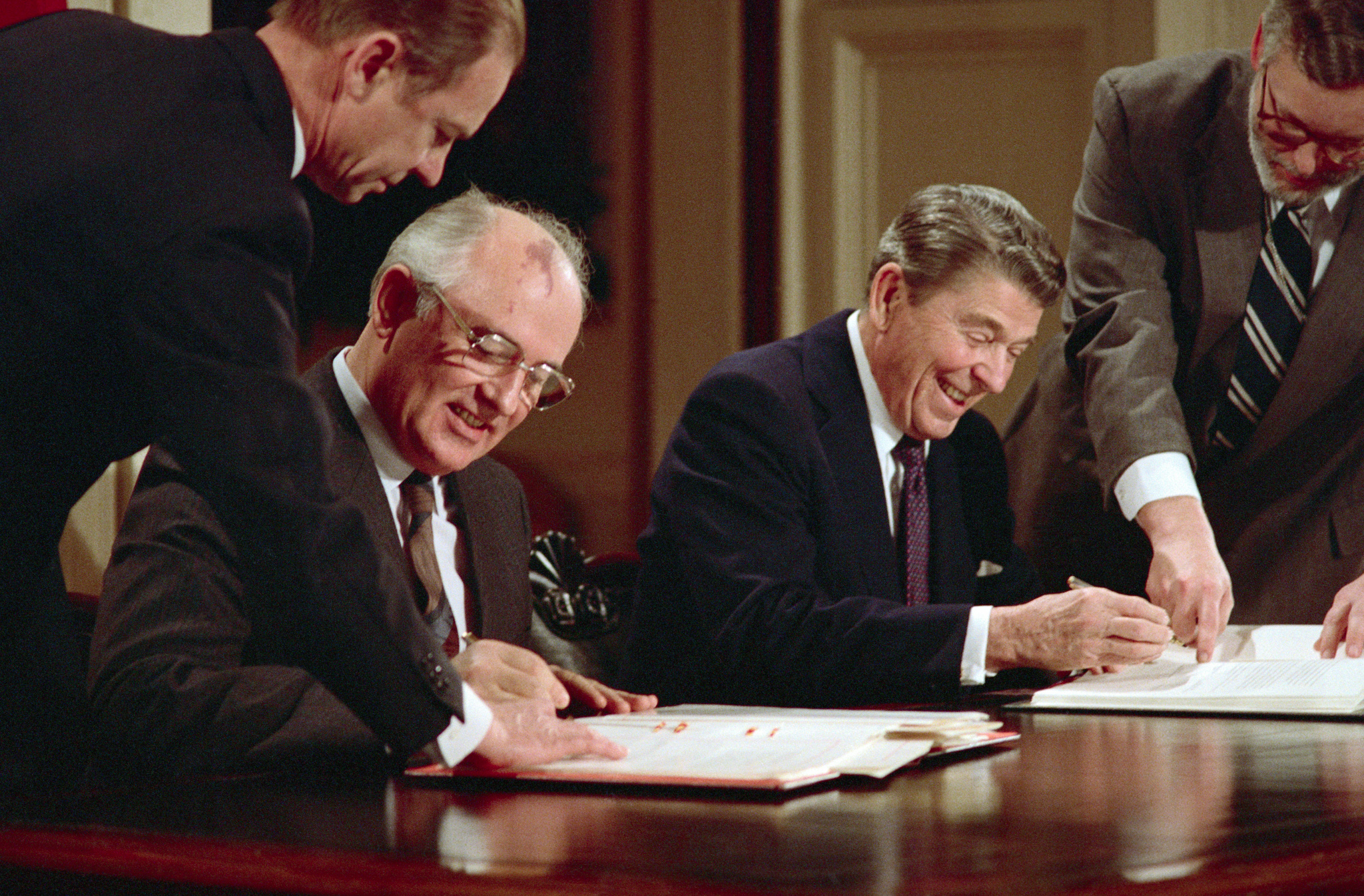
BY OWN CORRESPONDENT
In January the United States announced that it was going to withdraw from the Treaty on Intermediate-Range Nuclear Forces (INF) claiming that Russia was not meeting its end of the bargain.
Washington wanted Moscow to abandon its SSC-8 missile, the range of which, according to the US, violated the treaty.
The INF treaty provides for the destruction of all nuclear-armed ground-launched ballistic and cruise missiles with ranges between 500 and 5,000 kilometers.
Ironically March 13 US Defence officials told reporters that the Pentagon’s new ground-launched cruise missile with a potential range of about 1,000 km, which was banned under the INF, might be ready for deployment within 18 months after being tested in August 2019.
It will take about five years to deploy yet another INF-banned weapon — a ballistic missile with a range of about 3,000 to 4,000 km — that is likely to be flight-tested in November, according to Pentagon officials.
The Pentagon’s tests of INF-banned missiles leave no doubt that the US has no real intent to renegotiate the INF treaty with Russia or any other third party.
Citing the US Department of Defence, the Associated Press pointed out that US allies in Europe and Asia “have not yet been consulted about deploying new missile on their territory”, adding that the new intermediate-range ballistic missile (IRBM) could be deployed on Guam to target both China and Russia.
- Chamisa under fire over US$120K donation
- Mavhunga puts DeMbare into Chibuku quarterfinals
- Pension funds bet on Cabora Bassa oilfields
- Councils defy govt fire tender directive
Keep Reading
The treaty had been nominally suspended by the US until August 2019, according to the ultimatum given by secretary of state Mike Pompeo to Russia on February 1.
However, judging from the Pentagon’s activities it is clear that Washington “obviously has no real or serious intent to renegotiate a new INF treaty with either Russia or other states”.
That the US just a month after officially withdrawing from the INF treaty is already preparing to begin testing a land-based cruise missile and expects to deploy it within just 18 months, and has plans for a land-based ballistic missile that it specifically wants to deploy in Guam.
This is not only sending a clear signal to Moscow but to the whole world that Washington has long been planning to pull out of the INF treaty for the specific purpose of producing these weapons for military and geopolitical purposes.
At the same time by its actions Washington is escalating tensions with both Russia and China because it sees them as a clear geopolitical threat to its foreign and military policy pursuit of global hegemony.
Meanwhile, it is by no means certain that EU states will want the US intermediate range land-based missiles deployed on their territory, because that will make them a reciprocal target by Russia, but the US is sure to begin pressuring them to do so.
Countries like Poland and Romania are the most likely to be interested to host INF-banned American IRBMs.
“This could lead to further political tensions in the EU between eastern and western European states as the latter seeks to prevent such a return to spiraling Cold War-redux tensions that the INF treaty was originally implemented to clear from Europe.”
European states, most notably Germany, have repeatedly called upon Washington to preserve the 1987 INF treaty.
However, their concerns did not prevent them from following the White House’s direction and pointing the finger of blame at Russia for alleged “violations.”
There are concerns that the by-products of Washington’s INF pull-out will be not only an arms race escalation but also Russian-Chinese defence rapprochement.
As the US does not seem willing to keep the INF treaty we are likely to see escalating great power tensions and a rejuvenated arms race will continue for the foreseeable future.











